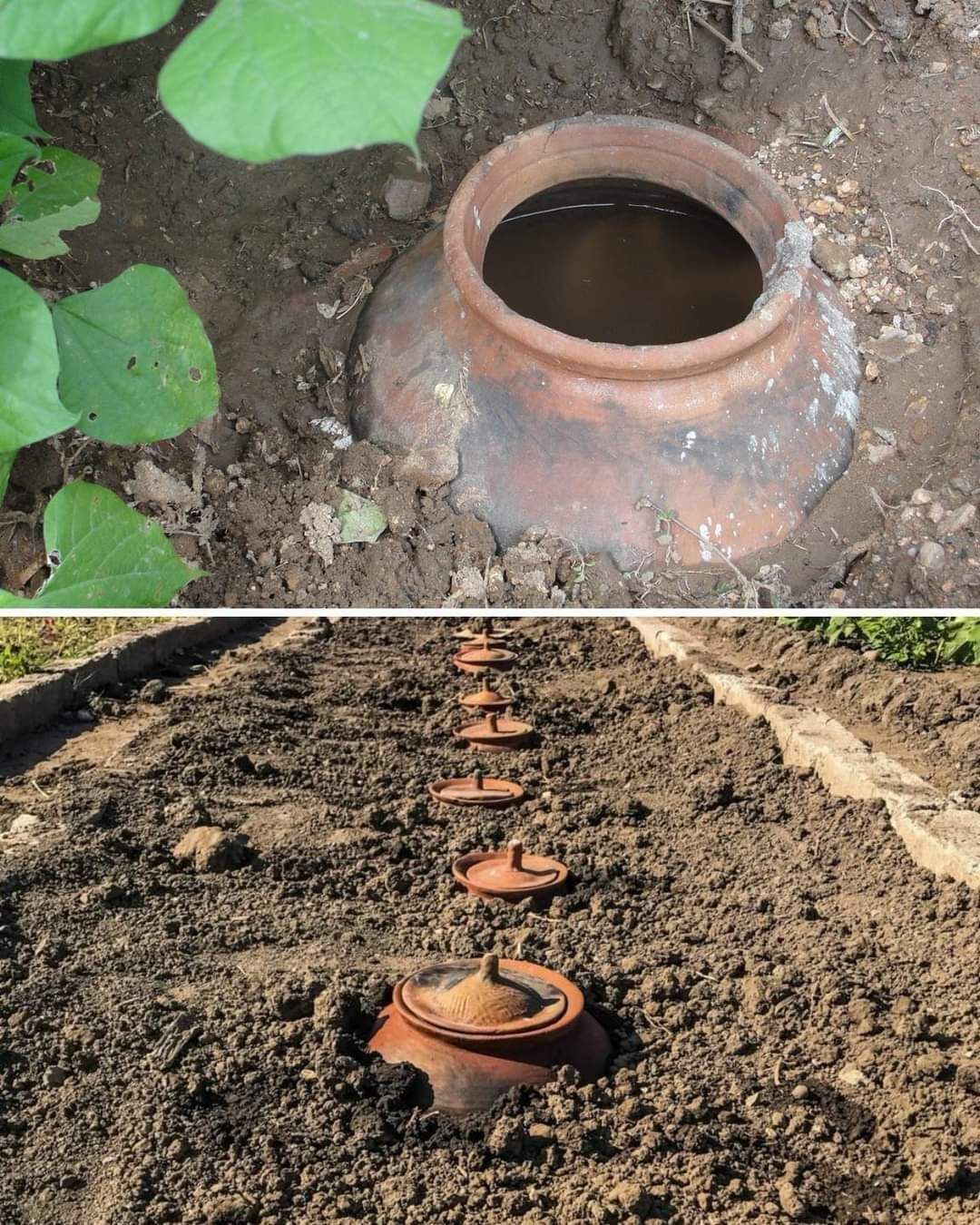Ollas, the porous clay pots with origins dating back thousands of years, present a fascinating approach to sustainable irrigation. Traditionally used by ancient cultures, these vessels provide an innovative and efficient way to water plants, making them increasingly popular in modern gardening and agriculture. This article explores the ancient roots of ollas and their contemporary applications in promoting sustainable practices.
Historical Context
The use of ollas can be traced back to ancient civilizations, such as the Aztecs and Romans, where they served as vital tools for water conservation and transportation. These clay pots were designed to store water, which was especially critical in arid environments. Over time, their purpose evolved from simple storage to a sophisticated irrigation technique. Today, gardeners and farmers are rediscovering the advantages of ollas, leveraging their unique properties to enhance plant growth while minimizing water usage.
How Ollas Work
The primary advantage of ollas lies in their ability to deliver water directly to the roots of plants. When buried in the soil, these pots gradually release moisture through their porous walls, ensuring that water is available exactly where it is needed. This method significantly reduces evaporation and runoff, common problems associated with traditional irrigation techniques.
As self-contained reservoirs, ollas provide a steady supply of moisture, promoting healthier root systems and more robust plant growth. This targeted watering approach not only conserves water but also encourages plants to develop deeper roots, making them more resilient during dry spells.
Benefits in the next page





